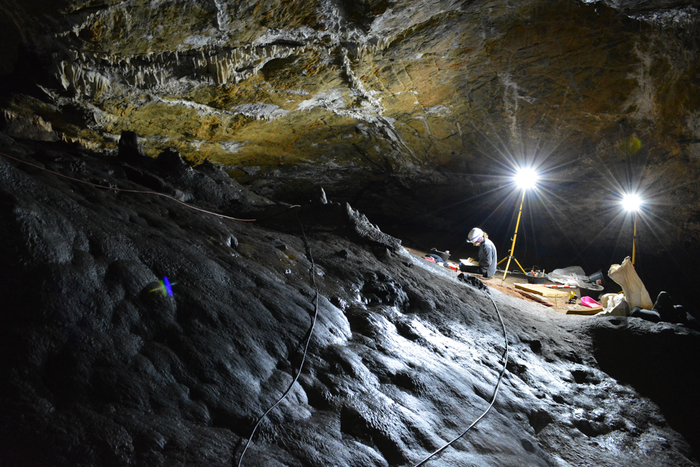MI weekly selection #471

Milky Way’s closest quasar brimming with radio emissions
Using a newly developed technique known as “self-calibration,” a team of Japanese astronomers has captured revolutionary photos of the closest quasar to the Milky Way, revealing a soft band of radio emission in the quasar’s galaxy. “By applying the same technique to other quasars, we expect to understand how a galaxy evolves through its interaction with the central nucleus,” said Shinya Komugi, leader of the team.
Spanish cave was cultural hot spot for ancient humans
With the use of radiocarbon dating, archeologists exploring a cave in Malaga, Spain, have determined that ancient humans used the cave for more than 50,000 years to create art and lay their dead to rest. The research demonstrated that Neanderthals and later modern humans regarded Cueva de Ardales as a significant location, which contains painting materials and fossilized remains.
Dogs in Europe got bigger as their jobs changed
The size of European dogs doubled 8,000 to 2,000 years ago as their jobs changed and they increasingly guarded livestock in areas roamed by wolves and bears. Very early dogs were probably smaller than wolves, but they had grown to an average mass of 17 kilograms by the Bronze Age and 24 kilograms by the time of the Roman Empire.
Hide-and-seek game sheds light on rats’ brain function
Researchers who equipped rats with electrodes in their prefrontal cortex found that the animals transitioned between distinct brain states while playing games of hide-and-seek. Brain activation followed clear patterns, even though every game was different, suggesting there is value in studying animals in natural situations, which may reveal “things that are more than just the things we set out to discover,” says researcher Juan Sanguinetti-Scheck.
Liquid-solid system achieves record carbon-capture levels
Researchers in Tokyo say they have found a way to remove carbon dioxide from ambient air with 99% efficiency, which is at least twice as fast as other comparable systems. The milestone in carbon-capture rates was met by using isophorone diamine in a liquid-solid phase separation system.